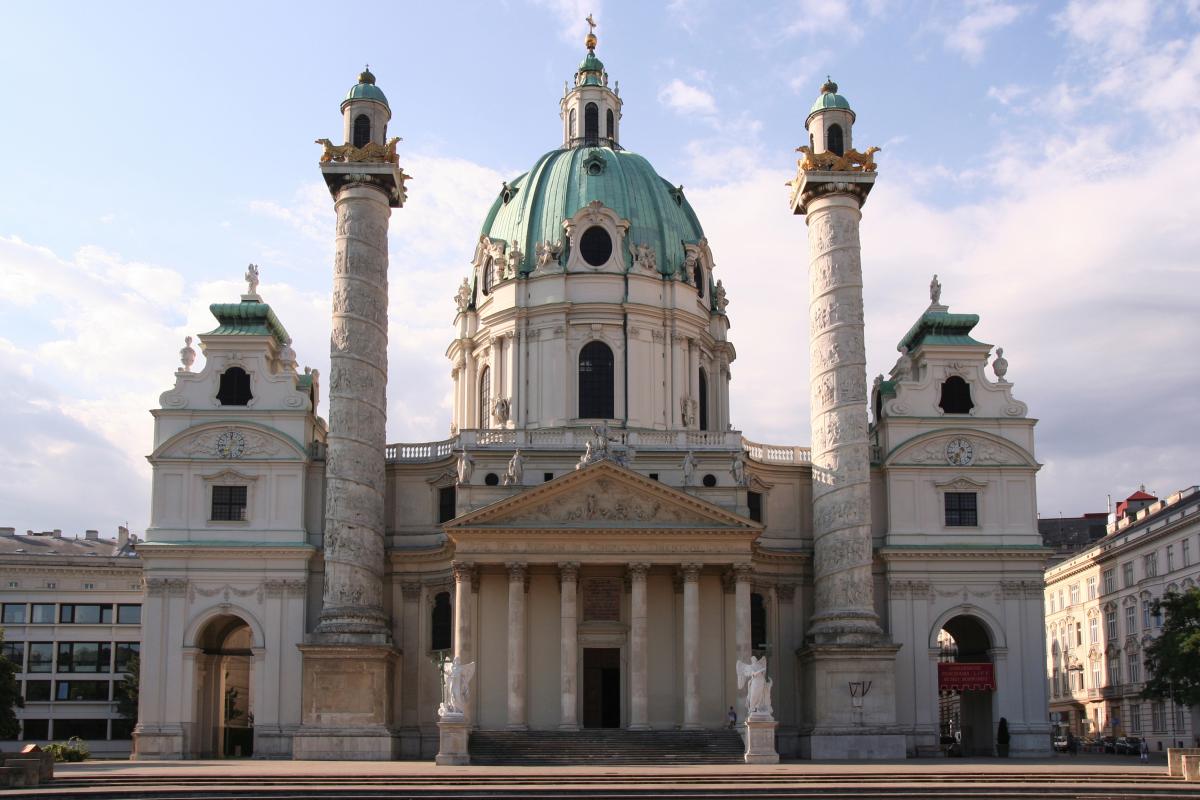Eclecticism in architecture
Eclecticism is an architectural style that flourished in the 19th and 20th-centuries. It refers to any design that incorporates elements of traditional motifs and styles, decorative aesthetics and ornaments, structural features, and so on, that originated from other cultures or architectural periods.
Designers that adopt eclecticism often choose to focus on one particular style rather than a combination, and historically this has given rise to a number of revivalist movements such as:
- Classical revival style.
- Colonial revival style.
- Exotic revival style.
- Gothic revival style.
- Italian renaissance revival style.
- Spanish colonial revival style.
- Tudor revival style.
However, the main driving force behind eclecticism was the harnessing of historic styles to create something original and new, rather than simply to revive older styles.
As a movement, eclecticism first emerged in Europe, particularly coming out of France’s Beaux Arts style and Britain’s Victorian architecture, when architects were encouraged to explore their expressive and creative freedom, rather than simply following the requests of their clients.
In America, eclecticism was far more influential, with architects such as Richard Morris Hunt and Charles Follen McKim adopting the Beaux Arts approach in their designs which, as became typical among American architects, were more flexible according to their and their client’s own stylistic choices. Since many of these architects chose to incorporate historic features that had previously only been seen in European architecture, the eclectic style was considered to contribute to a sense of rich culture and history.
During the 1930s, Modernism and Art Deco became more prevalent as a result of the wide availability of new technology and materials and access to new design schools. Consequently, eclecticism declined in favour. Modernism was seen as entirely new and innovative, and moved away from historical imitation, however, eclecticism would later be revived in a newer form with the advent of post-modernism.
[edit] Related articles on Designing Buildings Wiki
- Architectural history.
- Architectural styles.
- Arts and craft movement.
- Baroque architecture.
- Beaux Arts style.
- Classical orders.
- Context.
- Contextualism.
- Historical versus Modern: Identity through imitation.
- International Style.
- Modernist architecture.
- Nineteenth century building types.
- Postmodern architecture.
- Rococo.
- Towards a radical eclecticism.
- UTEP and the architecture of Bhutan.
Featured articles and news
The UK's Modern Industrial Strategy: A 10 year plan
Previous consultation criticism, current key elements and general support with some persisting reservations.
Building Safety Regulator reforms
New roles, new staff and a new fast track service pave the way for a single construction regulator.
Architectural Technologist CPDs and Communications
CIAT CPD… and how you can do it!
Cooling centres and cool spaces
Managing extreme heat in cities by directing the public to places for heat stress relief and water sources.
Winter gardens: A brief history and warm variations
Extending the season with glass in different forms and terms.
Restoring Great Yarmouth's Winter Gardens
Transforming one of the least sustainable constructions imaginable.
Construction Skills Mission Board launch sector drive
Newly formed government and industry collaboration set strategy for recruiting an additional 100,000 construction workers a year.
New Architects Code comes into effect in September 2025
ARB Architects Code of Conduct and Practice available with ongoing consultation regarding guidance.
Welsh Skills Body (Medr) launches ambitious plan
The new skills body brings together funding and regulation of tertiary education and research for the devolved nation.
Paul Gandy FCIOB announced as next CIOB President
Former Tilbury Douglas CEO takes helm.
UK Infrastructure: A 10 Year Strategy. In brief with reactions
With the National Infrastructure and Service Transformation Authority (NISTA).
Ebenezer Howard: inventor of the garden city. Book review.
The Grenfell Tower fire, eight years on
A time to pause and reflect as Dubai tower block fire reported just before anniversary.
Airtightness Topic Guide BSRIA TG 27/2025
Explaining the basics of airtightness, what it is, why it's important, when it's required and how it's carried out.
Construction contract awards hit lowest point of 2025
Plummeting for second consecutive month, intensifying concerns for housing and infrastructure goals.
Understanding Mental Health in the Built Environment 2025
Examining the state of mental health in construction, shedding light on levels of stress, anxiety and depression.






















